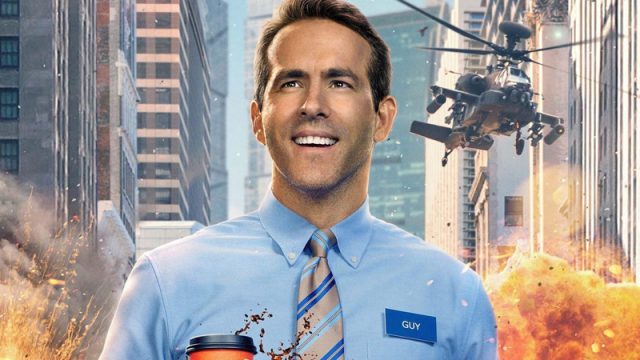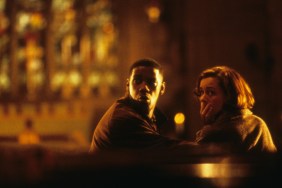Free Guy impressed moviegoers earlier this year with its great set design and a star-studded cast featuring Ryan Reynolds, Taika Waititi, Lil Rel Howery, Joe Keery, Jodie Comer, and Channing Tatum. Now the movie is out on digital and 4K and Blu-ray.
“A bank teller (Ryan Reynolds) who discovers he is actually a background player in an open-world video game decides to become the hero…









